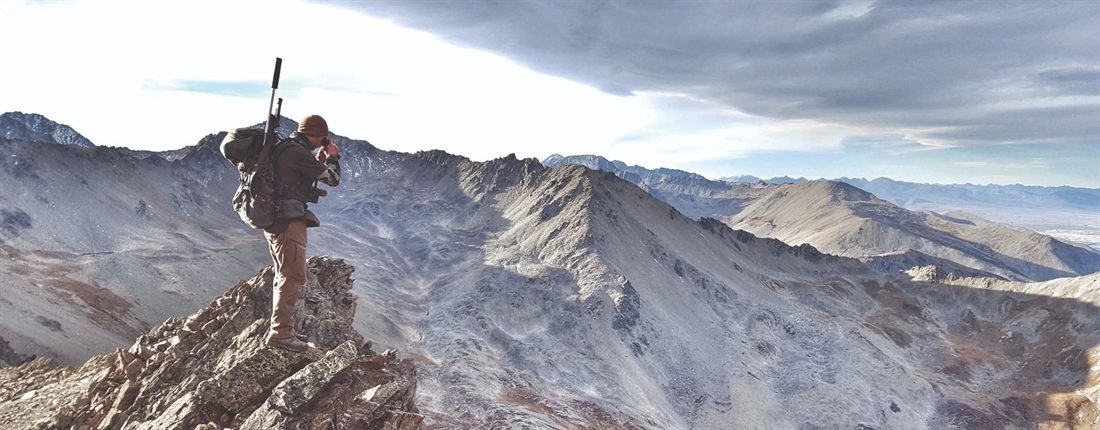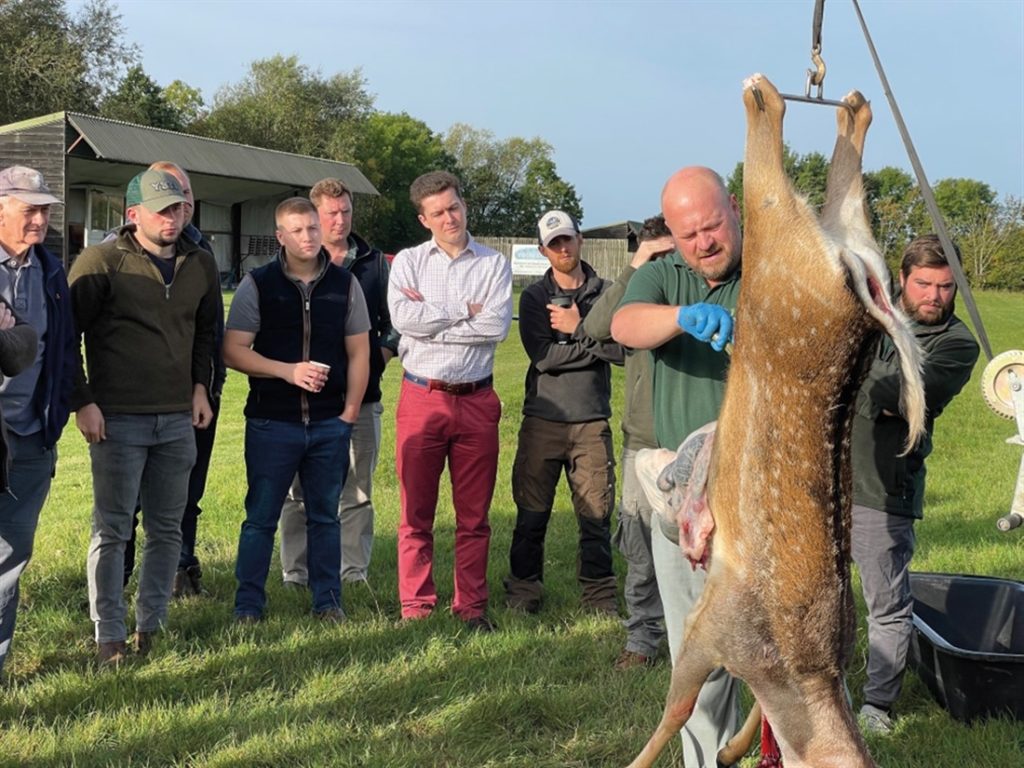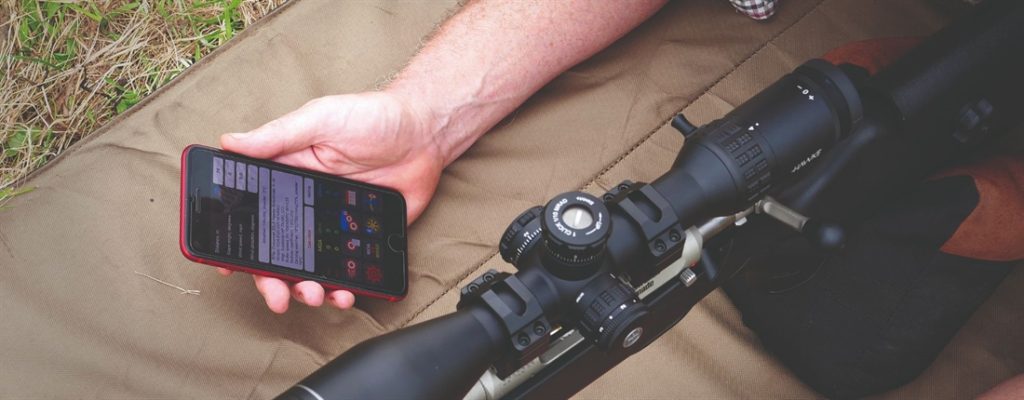Understanding angles

Q: I recently missed a fallow doe at 180yd, with the shot going high. Was this because I was shooting downhill?
A: The fast answer is “No”. There’s not a lot of info here, such as calibre, shot angle, bullet speed, aiming point or shooting position. At that range, with any deer-legal calibre the angle will have no relevant effect. A 30° slope would mean a 10% reduction; a 45° slope would mean 30%.
You can use your smartphone with an angle app as a handy indicator. Another way to quickly gauge angle is to point with an outstretched arm straight ahead, then point directly to the ground, then split the difference. That gives 45°, so reduce the range by 30% . You can also imagine that your arm is the hand of a clock:
9 o’clock = 0° – 0% reduction
10 o’clock = 30° – 10% reduction
11 o’clock = 60° – 50% reduction
12 o’clock = only for anti-aircraft fire.
At 180yd even an extreme angle of 60° will have a shoot-to distance of 90yd. The difference here in most calibres is that you’ll be about 1.5″ to 2″ high.
What is important when shooting at an angle at such ranges is to consider the entry and exit point of the bullet. Think about where you want the bullet to exit and this will give you a good point to place your entry and have the best possible impact on vitals.
Another practical example of this that you’ve probably experienced is on the horizontal plane. When you shoot a deer that is slightly angled towards or away, it can be amazing how much further backward or forward the exit wound can be. To cut out any margin of error, buy a range finder that gives you an angle compensated or shoot-to range. I use a Sig Kilo 2400BDX.
Related Articles
Get the latest news delivered direct to your door
Subscribe to Rifle Shooter
Elevate your shooting experience with a subscription to Rifle Shooter magazine, the UK’s premier publication for dedicated rifle enthusiasts.
Whether you’re a seasoned shot or new to the sport, Rifle Shooter delivers expert insights, in-depth gear reviews and invaluable techniques to enhance your skills. Each bi-monthly issue brings you the latest in deer stalking, foxing, long-range shooting, and international hunting adventures, all crafted by leading experts from Britain and around the world.
By subscribing, you’ll not only save on the retail price but also gain exclusive access to £2 million Public Liability Insurance, covering recreational and professional use of shotguns, rifles, and airguns.
Don’t miss out on the opportunity to join a community of passionate shooters and stay at the forefront of rifle technology and technique.




